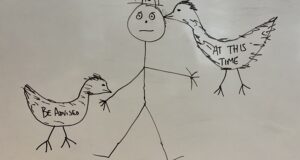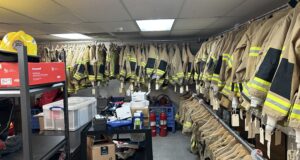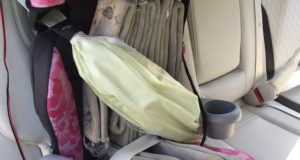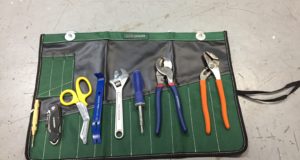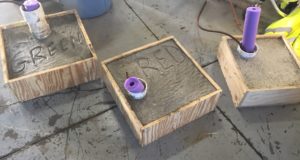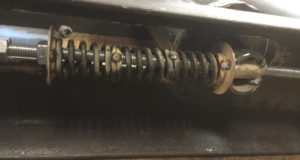What’s your plan for a collision pinning a victim between the hood of a car and the rear-end of a heavy vehicle? Is this an unlikely scenario? Whether you are in a small town or big city, commercial vehicles are stopping and going through your jurisdiction daily. See my previous post on cribbing for heavy vehicles to get an idea of the weights.
It is imperative for us to have options to mitigate this type of incident and be flexible enough to recognize when another option is necessary. The equipment on our rigs and mutual aid rigs is certainly going to be plan A and probably B. How much cribbing do you carry, how many airbags, what are their lift capacities, what about stabilization struts? Beyond that, outside help may be necessary.
The remainder of this post will be picture oriented with teaching points in the captions about a few plans. All of the pictures are from a training in Norwalk, OH on 12/8/11 with firefighters from Norwalk, Milan, Perkins, Huron, and Sandusky along with Northside Heavy Duty Towing and Recovery.
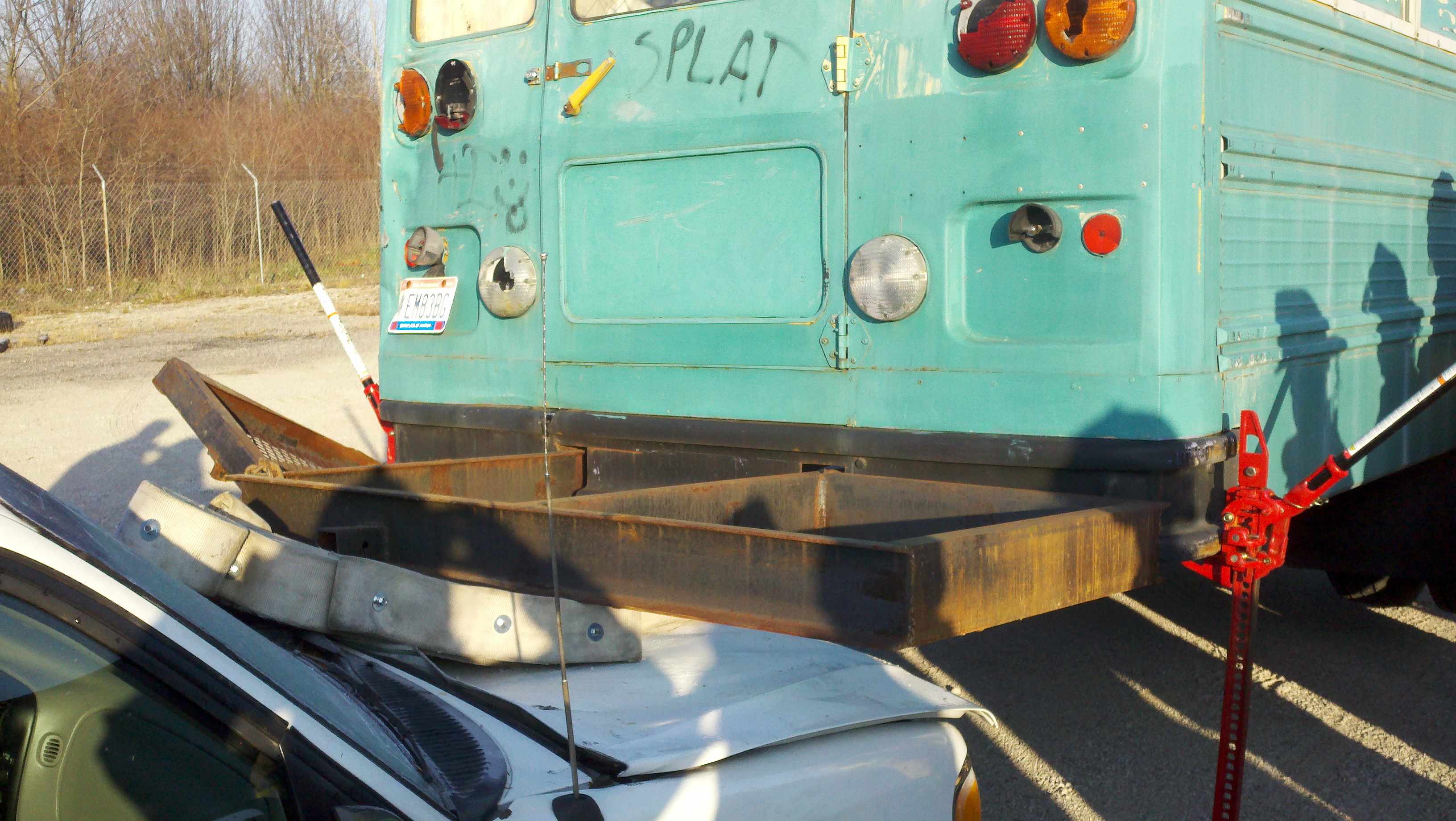
These two high-lift jacks (4,000 lbs. lift capacity each) lifted the rear-end of this bus high enough to free the victim. This was a shot in the dark and most likely won't work when vehicles such as cement mixers, garbage trucks, or loaded semi trailers are involved.
Lifting with the High-Lift Jack
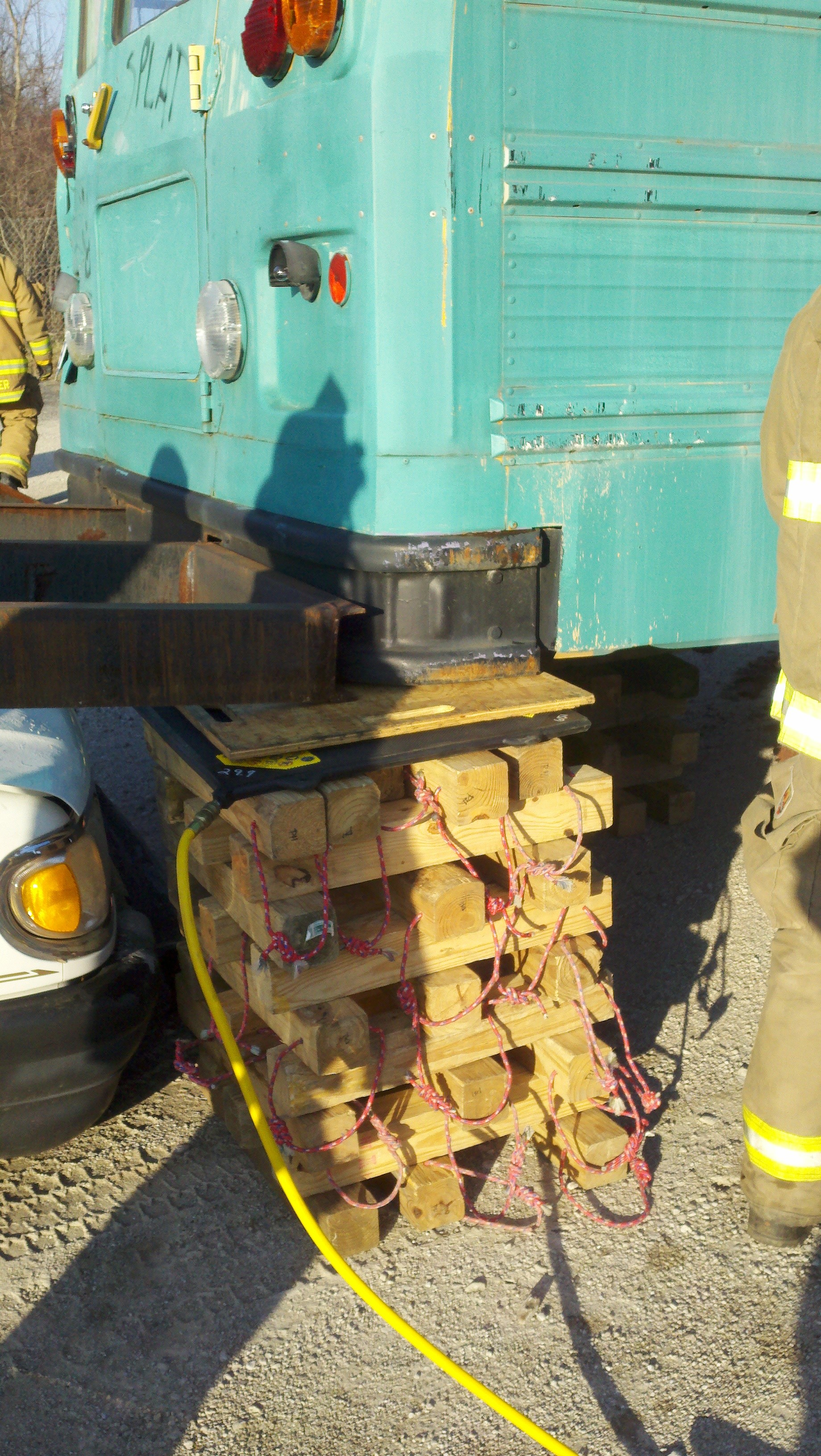
Crib for the load. If space allows, get two airbags in place in case you need both. Secure airlines with prusik cords. Duplicate lifting stations on both sides of vehicle being lifted.
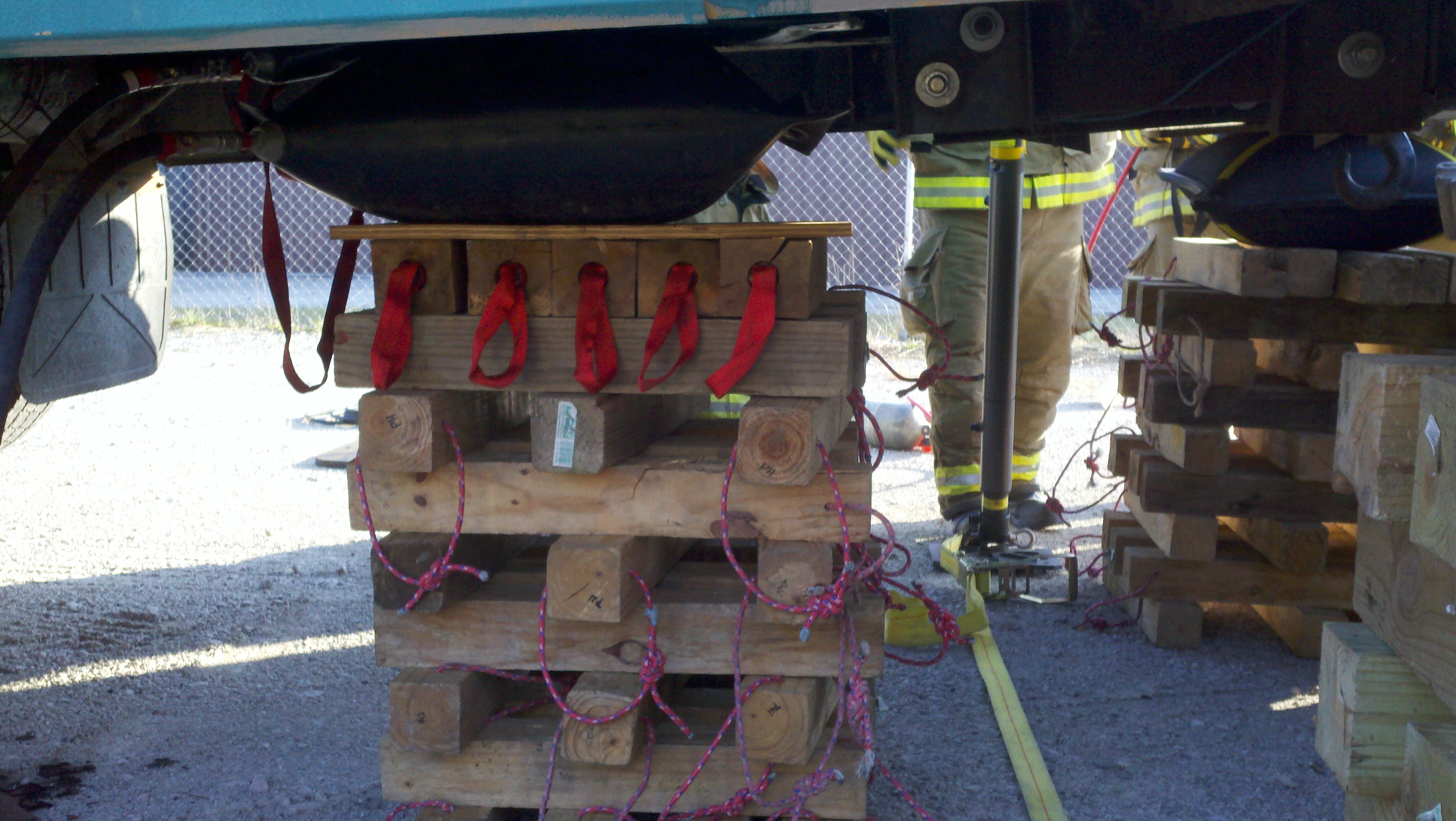
If you lift an inch crib an inch. Lifting stations should be backed up with box cribs filling the void created by the airbags. Also, consider stabilization struts.
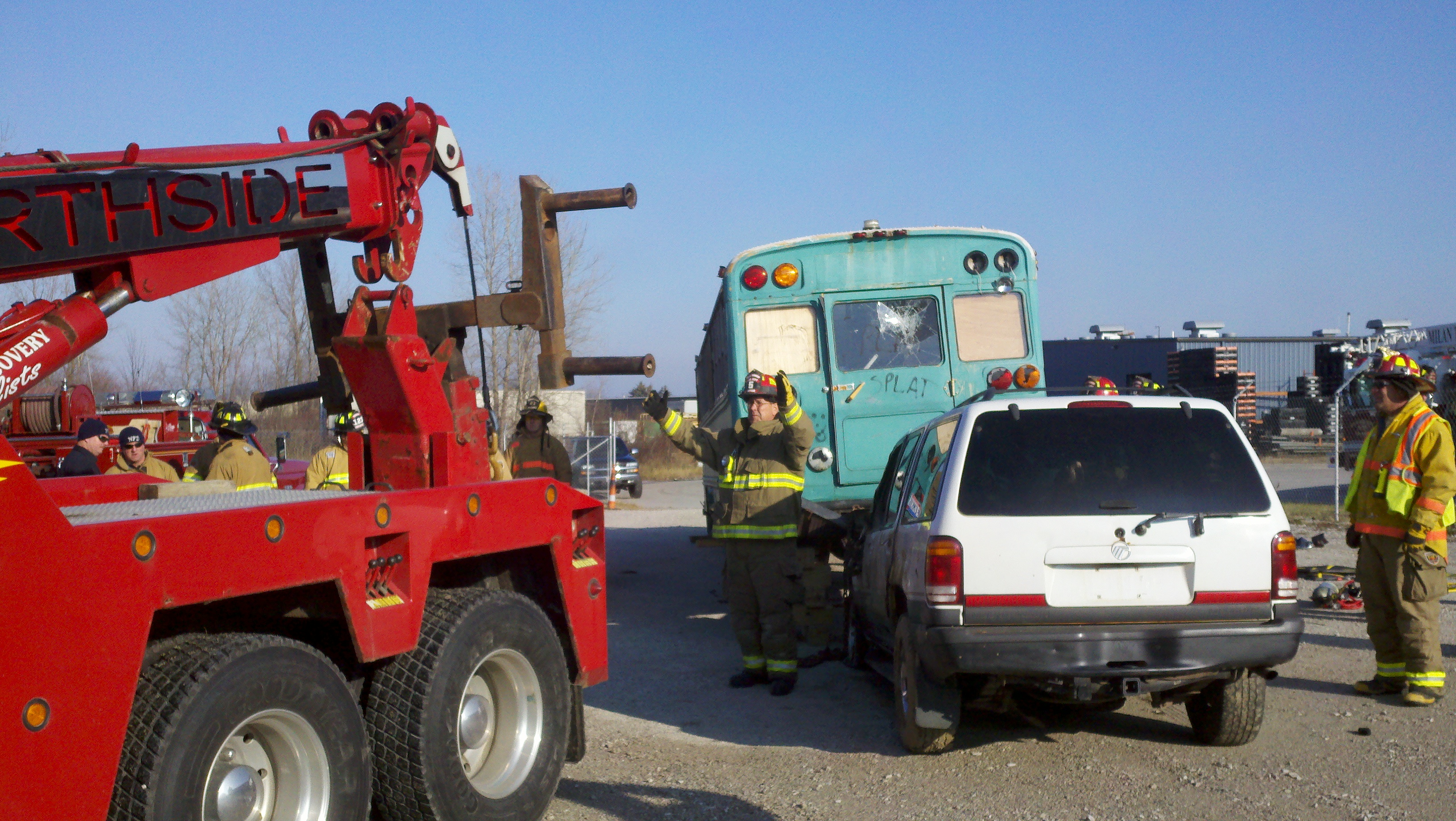
Other plans may include a heavy wrecker. Realize they need space, direction getting into position, and assistance with rigging to speed the rescue. We must train with this resource ahead of time to eliminate delay.
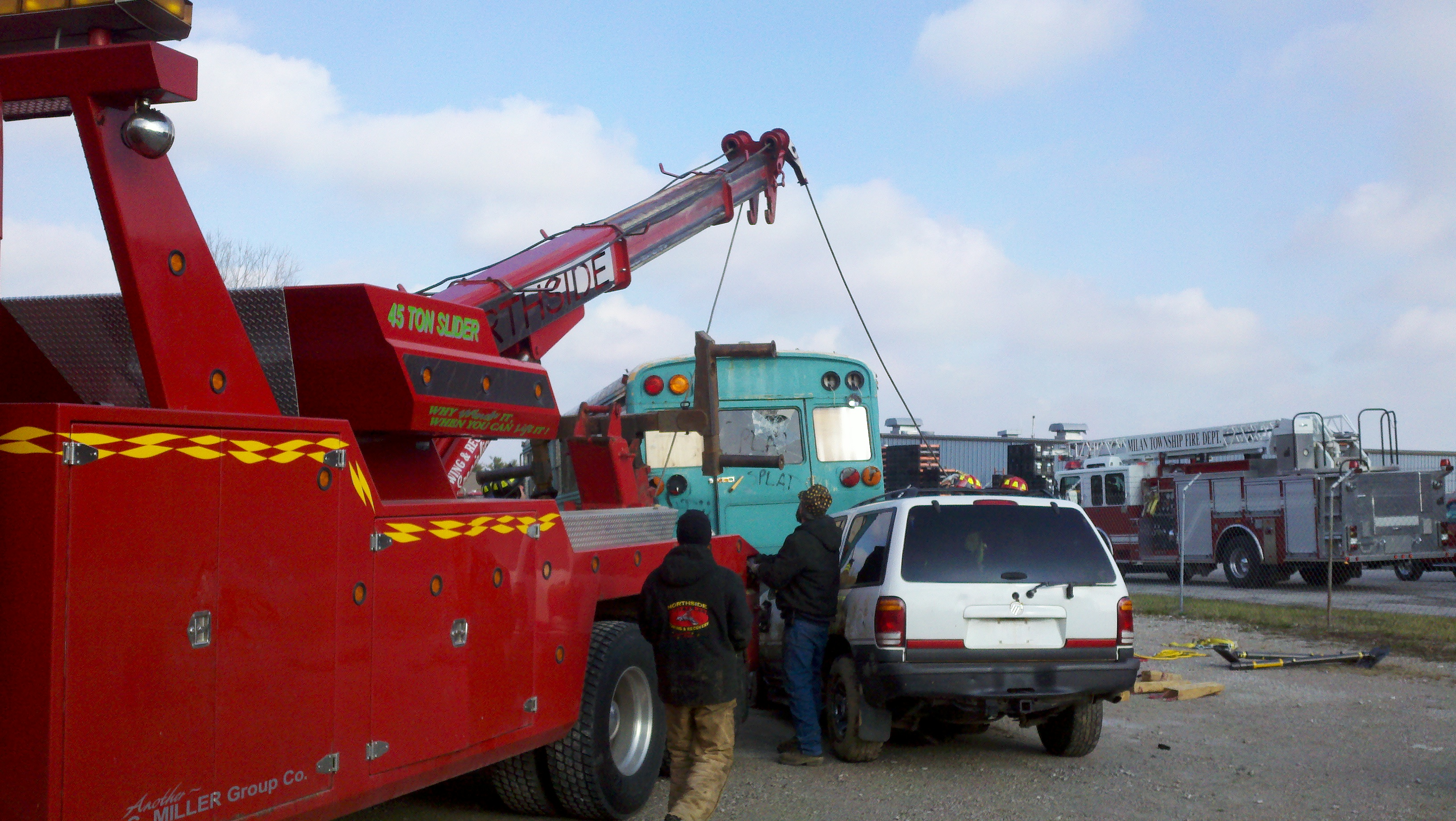
Many wrecker operators are heavy rigging and chain experts. They will be able to tell you the capabilities of their rig in relation to lift needed.
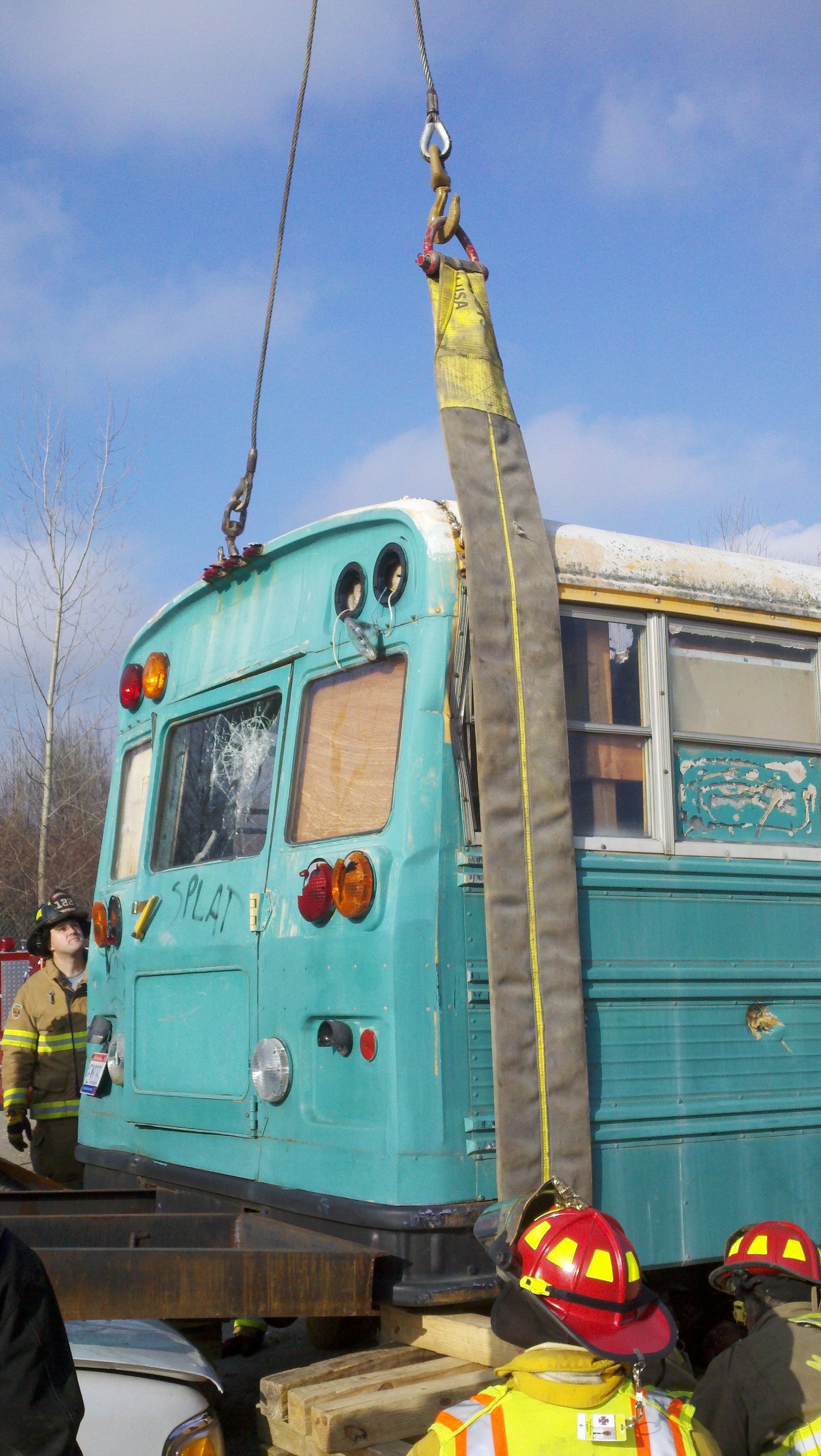
The heavy wrecker needs to lift vertically. The more extension on the boom, the less lifting capacity. This is the biggest reason why positioning is so important. Cradle sling technique shown here.
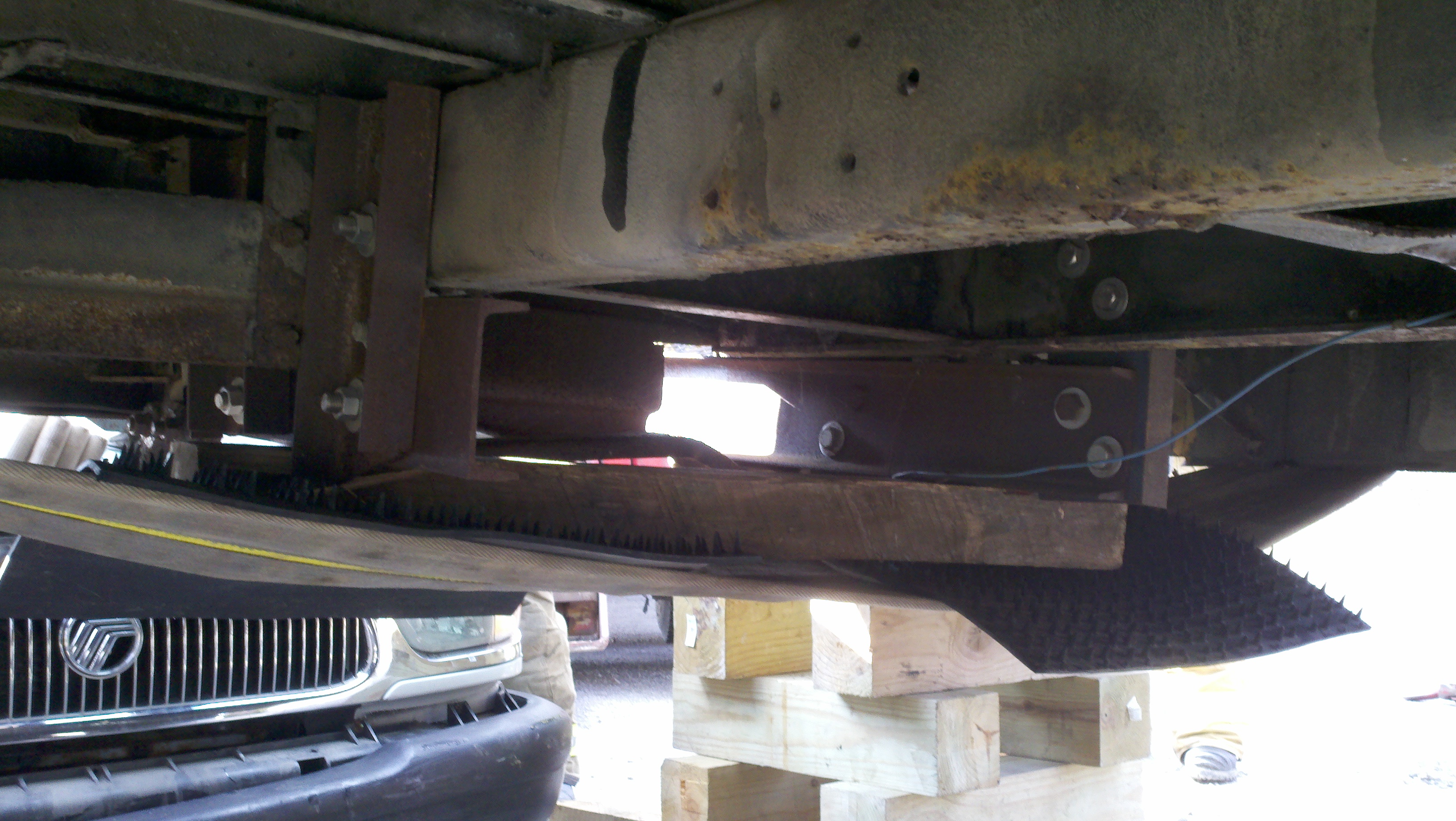
Padding and protecting the heavy wreckers equipment is just as important as when using our equipment. The rescue boss should have direct communication with the wrecker operator during the lift. Simple commands - cribbers ready, patient rescuers ready, lift slow, stop. Remember, box cribs should be filling the void as the wrecker lifts.
Pass it on!
 First Due Tackle Pass It On – Firefighter, Rescue & Extrication Training
First Due Tackle Pass It On – Firefighter, Rescue & Extrication Training
